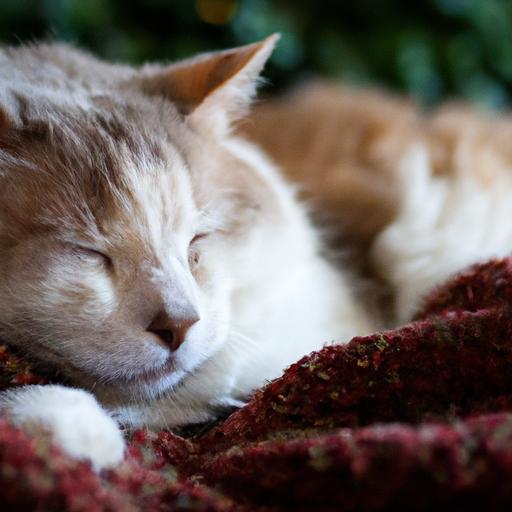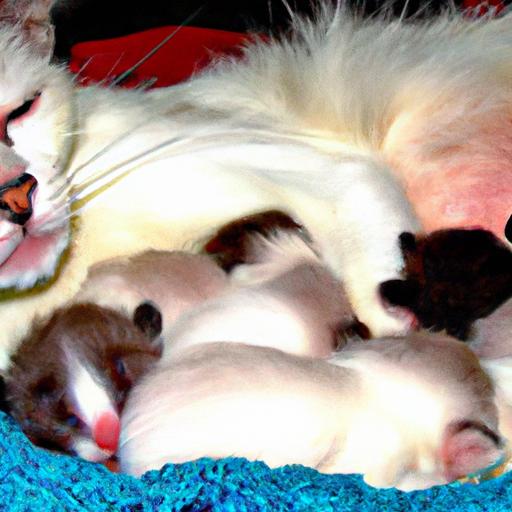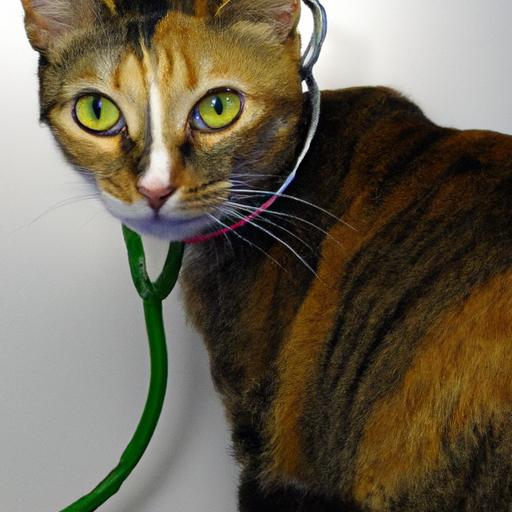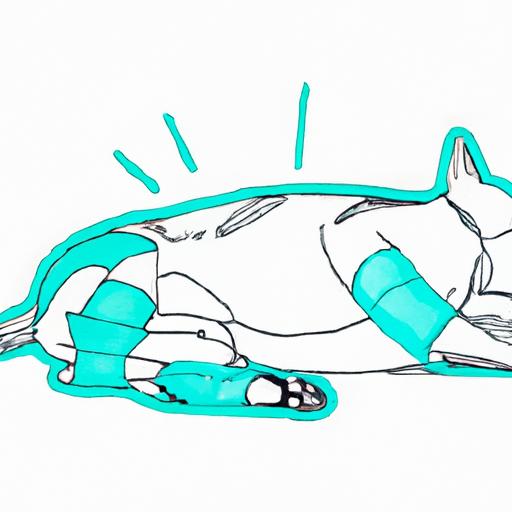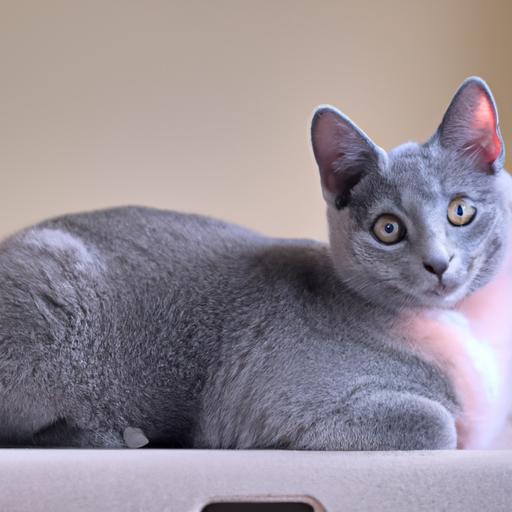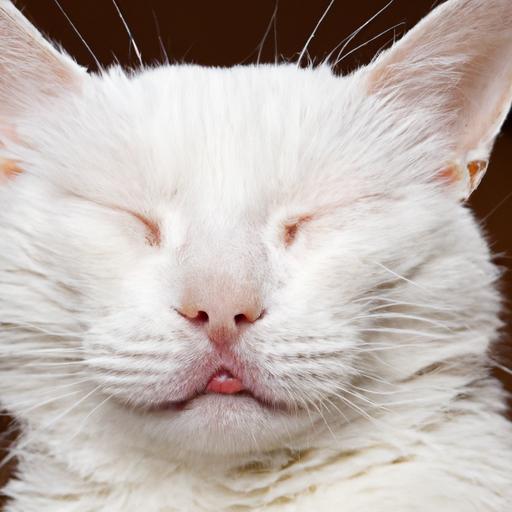
Understanding Feline Nasopharyngeal Polyps
Learn about the causes, symptoms, diagnosis, and treatment options for feline nasopharyngeal polyps. Gain a comprehensive understanding of this condition.
Introduction
Welcome to our comprehensive guide on understanding feline nasopharyngeal polyps. If you are a cat owner or simply interested in feline health, this article will provide you with valuable insights into this common condition. Nasopharyngeal polyps are abnormal growths that occur in the upper respiratory tract of cats, particularly in the area connecting the back of the nasal cavity and the throat. In this article, we will explore the causes, symptoms, diagnosis, treatment options, and frequently asked questions related to feline nasopharyngeal polyps.
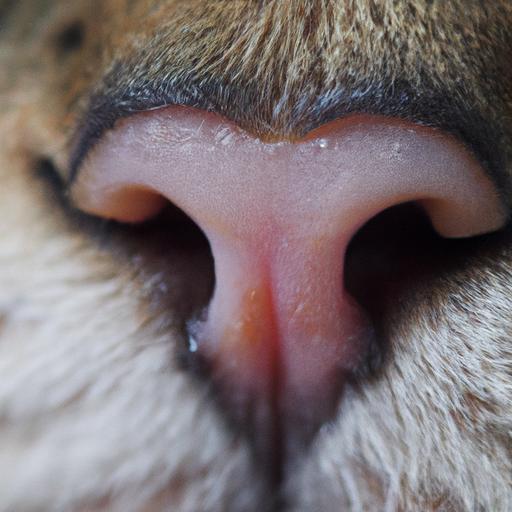
Causes and Symptoms of Feline Nasopharyngeal Polyps
Possible Causes
The exact cause of feline nasopharyngeal polyps is not yet fully understood. However, there are several theories that suggest a combination of factors may contribute to their development. One theory suggests that chronic inflammation of the middle ear or eustachian tube, often caused by infections, may lead to the formation of polyps. Another theory proposes that an abnormal response of the immune system could be a contributing factor. While the exact cause remains uncertain, it is essential to recognize the symptoms and seek prompt veterinary care.
Common Symptoms
Identifying the symptoms of feline nasopharyngeal polyps is crucial for early detection and treatment. Some common signs include:
- Frequent sneezing or nasal congestion
- Difficulty breathing through the nose
- Excessive snoring or noisy breathing
- Chronic or recurrent ear infections
- Head shaking or tilting
- Pawing at the face or ears
- Reduced appetite or weight loss
- Altered voice or meowing
If you notice any of these symptoms in your cat, it is important to consult with a veterinarian for a proper diagnosis.
Diagnosis and Treatment Options for Feline Nasopharyngeal Polyps
Diagnostic Methods
Diagnosing feline nasopharyngeal polyps requires a thorough examination by a veterinary professional. The veterinarian will perform a physical examination and may use various diagnostic tools, such as an otoscope or endoscope, to visualize the polyps in the nasal cavity or throat. In some cases, imaging techniques like X-rays or CT scans may be employed to assess the extent of the polyps and rule out any underlying conditions.
Medical Treatment Options
In certain instances, nasopharyngeal polyps may be small and accessible enough to be treated non-surgically. Medications, such as corticosteroids or anti-inflammatory drugs, can help reduce inflammation and shrink the polyps. However, it is important to note that medical treatment alone may not completely eliminate the polyps, and surgical intervention may be necessary for a long-term solution.
Surgical Intervention
Surgical removal of feline nasopharyngeal polyps is often the most effective treatment option. The procedure, performed under general anesthesia, involves accessing the polyps through the mouth or nostrils and carefully removing them. In some cases, the polyps may be attached to surrounding structures, requiring more complex surgical techniques. Your veterinarian will determine the most appropriate approach based on the size, location, and extent of the polyps. Surgery offers a higher likelihood of complete polyp removal and a reduced risk of recurrence.
Frequently Asked Questions (FAQ) about Feline Nasopharyngeal Polyps
Can feline nasopharyngeal polyps be prevented?
Unfortunately, there are no known preventive measures for feline nasopharyngeal polyps. However, maintaining good overall feline health through regular veterinary check-ups, vaccination, and prompt treatment of any respiratory infections may help reduce the risk or severity of polyp development.
Are these polyps cancerous?
In most cases, feline nasopharyngeal polyps are benign growths and not cancerous. However, it is important to consult with a veterinarian for a proper diagnosis as other conditions, including certain types of tumors, can present similar symptoms.
What are the risks associated with surgical removal?
As with any surgical procedure, there are inherent risks, including anesthesia complications and potential damage to surrounding structures. However, in experienced hands, the risks associated with surgical removal of feline nasopharyngeal polyps are generally minimal. Your veterinarian will discuss the specific risks and benefits with you before proceeding with surgery.
Can polyps recur after treatment?
While surgical removal of feline nasopharyngeal polyps offers a high success rate, there is a small chance of polyp recurrence. Regular follow-up visits with your veterinarian are essential to monitor your cat’s condition and address any potential recurrence promptly.
Conclusion
Understanding feline nasopharyngeal polyps is crucial for early detection, diagnosis, and appropriate treatment. By recognizing the potential causes, common symptoms, and available treatment options, cat owners can take proactive steps to ensure the well-being of their feline companions. If you suspect your cat may be suffering from nasopharyngeal polyps, consult with a qualified veterinarian who can provide a proper diagnosis and guide you through the most suitable treatment plan. Remember, timely intervention is key to helping your furry friend breathe freely and live a happy, healthy life.


